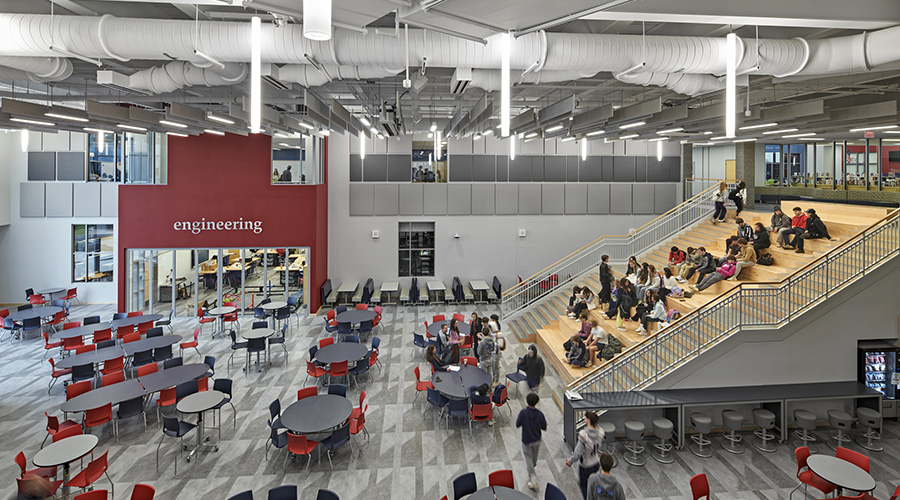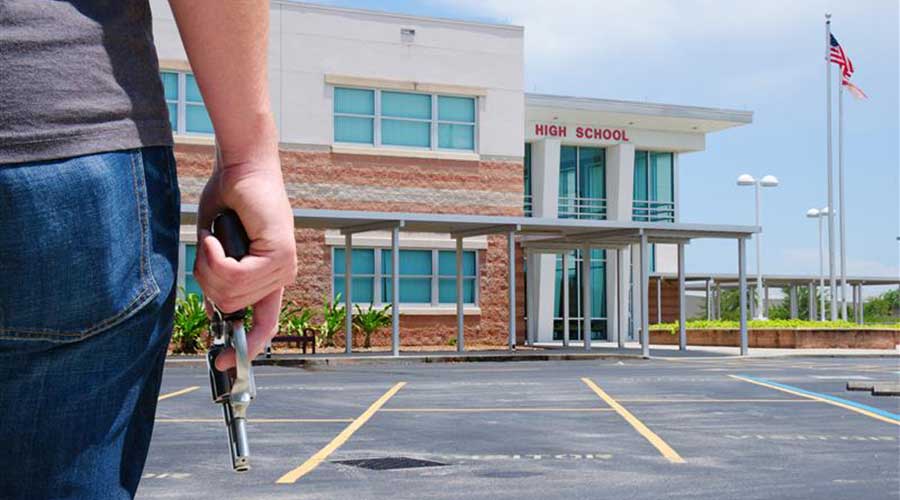ASHRAE Study Shows Benefits of Increased School Ventilation
A new study from the American Society of Heating, Refrigerating and Air-Conditioning Engineers (ASHRAE) appears to lend weight to the claim that improved indoor air quality can improve student performance.
A new study from the American Society of Heating, Refrigerating and Air-Conditioning Engineers (ASHRAE) appears to lend weight to the claim that improved indoor air quality can improve student performance.
An article describing the research is featured in the October issue of the ASHRAE Journal. The research was funded by ASHRAE and conducted in Denmark, with a final report due later in the year.
The research indicates that lowering the temperature and increasing ventilation in classrooms increases student performance by 10 to 20 percent. The students' performance improved mainly in terms of how quickly they worked and also how many errors were made.
"ASHRAE looked at whether 'its it possible that Johnny can't read because Johnny can't breathe' so to speak," Terry Townsend, P.E., ASHRAE President, says. "The preliminary results seem to indicate the answer is yes. The study confirms earlier ASHRAE research that increased ventilation rates positively impact productivity in buildings."
"Environmental conditions in schools have been found to be inadequate and frequently much worse than in office buildings," says Pawel Wargocki of the University of Denmark, who led the research team with David Wyon.
"This study shows the importance of improving air quality in schools so students can have optimal learning conditions."
Results from the research, once finalized, will be incorporated into ASHRAE technical guidance, the association says.
Facility executives can take several actions in response to this research to optimize learning conditions for students, according to ASHRAE. Among the suggestions:
-Visit each classroom on a regular basis, particularly on warmer days, to make sure the air conditioning system is providing adequate conditions in the room, including acoustical considerations (eliminate a noisy fan). If a unit does not appear to be operating properly, get it inspected by an HVAC professional.
-Develop and adhere to a preventative maintenance program for all HVAC equipment on site. This will improve the uptime and performance of all units while also helping to extend their service life.
Allow and encourage teachers to lower the temperature in the classroom on warmer days if they wish.
-Investigate and implement methods to reduce the heat build-up in classrooms in ways other than HVAC, such a window shading devices, building envelope sealing and insulation, or just turning lights off or down when not needed.
-Allow and encourage teachers, if appropriate, to open operable windows in the classroom on milder days so that more outside air can be introduced into the room. Set up procedures for then securing windows at end of day.
-Encourage maintenance staff to replace supply air filters more frequently, particularly during pollen season.
Related Topics:











